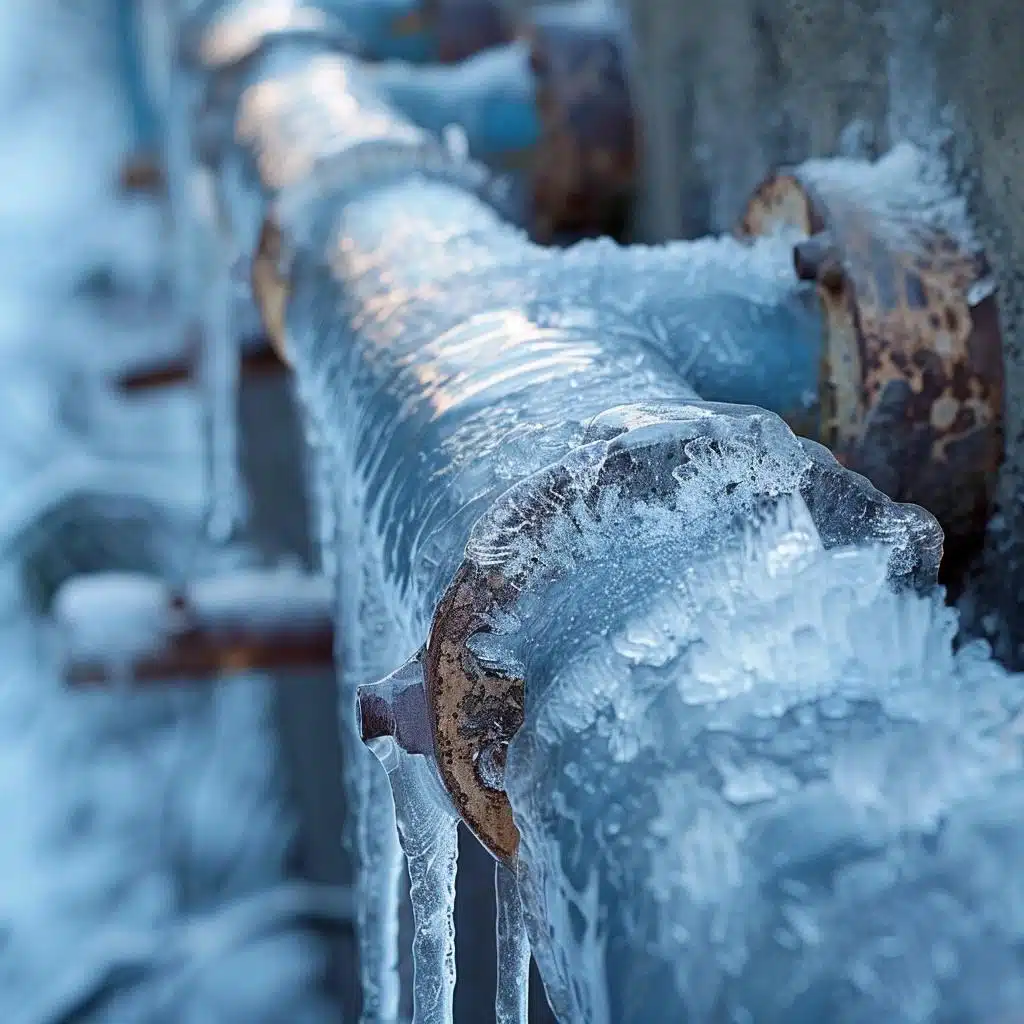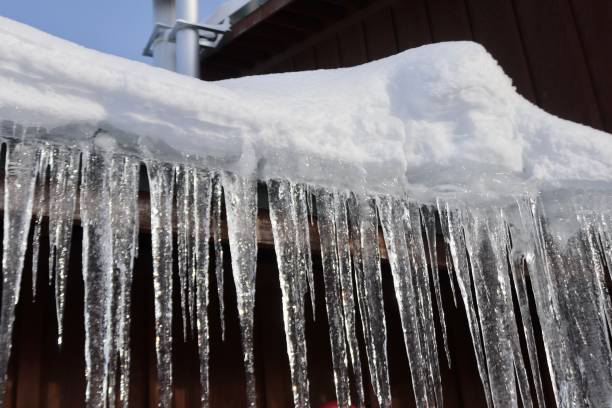Protecting Against Frozen Plumbing in Cold Weather: Key Tips
Schedule A ServiceWhat're your ideas concerning 6 Ways to Prevent Frozen Pipes?

Winter can ruin your plumbing, particularly by freezing pipelines. Below's just how to avoid it from happening and what to do if it does.
Intro
As temperature levels drop, the risk of icy pipes increases, potentially leading to expensive fixings and water damage. Comprehending just how to prevent icy pipelines is vital for house owners in cold environments.
Prevention Tips
Shielding at risk pipelines
Cover pipelines in insulation sleeves or utilize heat tape to protect them from freezing temperature levels. Focus on pipes in unheated or exterior areas of the home.
Heating strategies
Keep interior rooms properly warmed, particularly areas with plumbing. Open up closet doors to allow warm air to circulate around pipelines under sinks.
Just how to recognize icy pipelines
Try to find lowered water circulation from faucets, unusual smells or sounds from pipes, and visible frost on revealed pipes.
Long-Term Solutions
Architectural changes
Think about rerouting pipes far from exterior walls or unheated areas. Add extra insulation to attics, basements, and crawl spaces.
Updating insulation
Purchase top notch insulation for pipelines, attic rooms, and walls. Appropriate insulation aids preserve regular temperature levels and decreases the danger of frozen pipelines.
Securing Exterior Plumbing
Garden pipes and outdoor faucets
Disconnect and drain yard hose pipes prior to wintertime. Set up frost-proof faucets or cover outdoor taps with shielded caps.
Recognizing Frozen Pipes
What creates pipes to freeze?
Pipelines freeze when subjected to temperatures below 32 ° F (0 ° C) for expanded durations. As water inside the pipes freezes, it expands, taxing the pipeline walls and potentially causing them to break.
Risks and problems
Icy pipes can result in water disruptions, property damage, and costly repairs. Burst pipelines can flood homes and trigger substantial structural damage.
Signs of Frozen Pipeline
Determining frozen pipelines early can prevent them from rupturing.
What to Do If Your Pipes Freeze
Immediate activities to take
If you believe icy pipes, keep taps open up to soothe stress as the ice melts. Use a hairdryer or towels soaked in warm water to thaw pipelines gradually.
Final thought
Avoiding icy pipelines requires proactive steps and quick feedbacks. By recognizing the causes, signs, and safety nets, house owners can safeguard their plumbing throughout winter.
5 Ways to Prevent Frozen Pipes
Drain Outdoor Faucets and Disconnect Hoses
First, close the shut-off valve that controls the flow of water in the pipe to your outdoor faucet. Then, head outside to disconnect and drain your hose and open the outdoor faucet to allow the water to completely drain out of the line. Turn off the faucet when done. Finally, head back to the shut-off valve and drain the remaining water inside the pipe into a bucket or container. Additionally, if you have a home irrigation system, you should consider hiring an expert to clear the system of water each year.
Insulate Pipes
One of the best and most cost-effective methods for preventing frozen water pipes is to wrap your pipes with insulation. This is especially important for areas in your home that aren’t exposed to heat, such as an attic. We suggest using foam sleeves, which can typically be found at your local hardware store.
Keep Heat Running at 65
Your pipes are located inside your walls, and the temperature there is much colder than the rest of the house. To prevent your pipes from freezing, The Insurance Information Institute suggests that you keep your home heated to at least 65 degrees, even when traveling. You may want to invest in smart devices that can keep an eye on the temperature in your home while you’re away.
Leave Water Dripping
Moving water — even a small trickle — can prevent ice from forming inside your pipes. When freezing temps are imminent, start a drip of water from all faucets that serve exposed pipes. Leaving a few faucets running will also help relieve pressure inside the pipes and help prevent a rupture if the water inside freezes.
Open Cupboard Doors
Warm your kitchen and bathroom pipes by opening cupboards and vanities. You should also leave your interior doors ajar to help warm air circulate evenly throughout your home.

We hope you enjoyed our section on 6 Ways to Prevent Frozen Pipes. Thanks a ton for taking time to browse our article post. Those who enjoyed reading our article plz make sure you remember to pass it around. I appreciate reading our article about How To Avoid Freezing Pipes.
Call Today